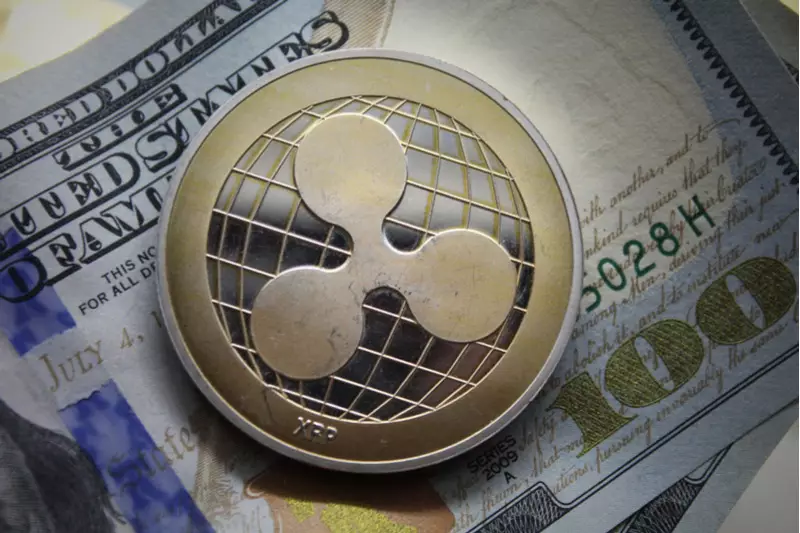The conversation surrounding the U.S. government’s potential cryptocurrency reserves has sparked intense debate among industry experts, particularly regarding the inclusion of Bitcoin versus other cryptocurrencies. Samson Mow, CEO of JAN3 and a noted Bitcoin maximalist, has not only weighed in but has made his position crystal clear: any U.S. cryptocurrency stockpile should consist solely of Bitcoin. This viewpoint aligns with a broader skepticism about alternative cryptocurrencies, particularly XRP, which Mow has criticized vigorously in recent statements.
Mow’s contempt for XRP is not new; he has a history of targeting altcoins, often dismissing them as “s-coins” in an attempt to elevate Bitcoin’s status as the premier digital currency. His recent commentary on social media builds on this sentiment, as he highlights online discussions that advocate for dislike towards Ripple and its associated token. In crafting his own narrative, Mow suggested that the existing criticisms do not encapsulate the full breadth of issues associated with Ripple and XRP, asserting there are far more reasons to disdain them.
The Implications of Including Other Cryptocurrencies
One of Mow’s most provocative claims centers around the potential economic consequences of including cryptocurrencies other than Bitcoin in a U.S. strategic reserve. He firmly believes that doing so would translate to essentially distributing taxpayer funds to entities that have “printed” their tokens arbitrarily. Mow’s analysis suggests that investing in these alternative cryptocurrencies would be detrimental to taxpayers, effectively channeling public funds into ventures that might lack fundamental backing or merit.
Mow’s critiques extend to practical examples, including the inception of Ripple, which he derides as a company that could create vast token quantities simply by “pushing a button.” This characterization underscores a larger conversation about the legitimacy and sustainability of various cryptocurrencies, emphasizing Bitcoin’s relatively established and recognized protocol.
Responses from Other Industry Voices
The dialogue surrounding reserve assets isn’t exclusively dominated by Mow’s views. Notably, Charles Hoskinson, the founder of Cardano, has weighed in on this ongoing discussion, echoing Mow’s sentiments that Bitcoin should remain the sole candidate for governmental reserves. However, it’s critical to note that Hoskinson’s approach differs as he refrains from directly criticizing Ripple or XRP. His current collaboration with Ripple’s team to develop the RLUSD stablecoin on the Cardano network demonstrates a willingness to explore avenues of cooperation within the cryptocurrency space rather than outright dismissal.
This juxtaposition of critical viewpoints highlights the complexity within the cryptocurrency community, where perspectives on inclusion and value diverge significantly among influential figures. Mow’s stance reinforces a passionate call to arms for Bitcoin enthusiasts, while Hoskinson offers a more collegial approach, illustrating the multifaceted nature of collaboration, competition, and ideological conflict that characterizes the cryptocurrency landscape.
As discussions about the future of cryptocurrency reserves continue, the divide between Bitcoin proponents and supporters of alternative coins like XRP remains stark. Mow’s fervent belief in Bitcoin’s supremacy pushes the narrative of exclusivity in governmental holdings, raising questions about the broader implications for the cryptocurrency market and its regulatory landscape. As industry leaders like Mow and Hoskinson engage in this dialogue, the final outcome will not only determine which cryptocurrencies hold sway in reserves but could also shape public perception and regulatory approaches towards the entire digital asset ecosystem.

